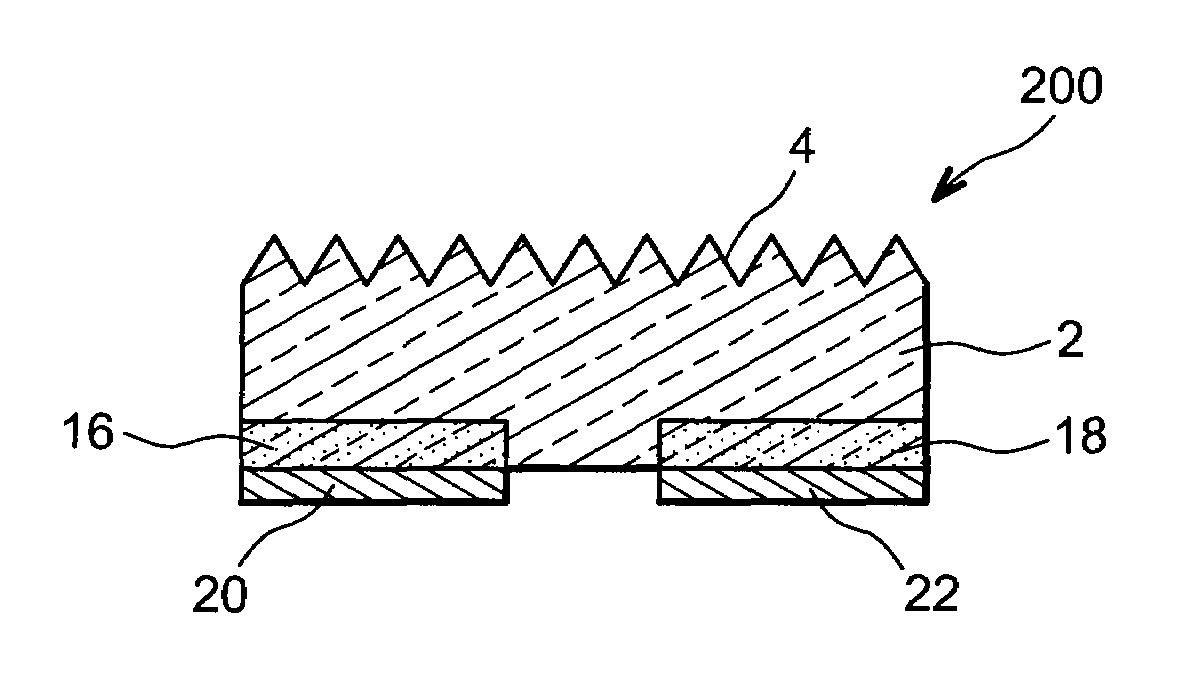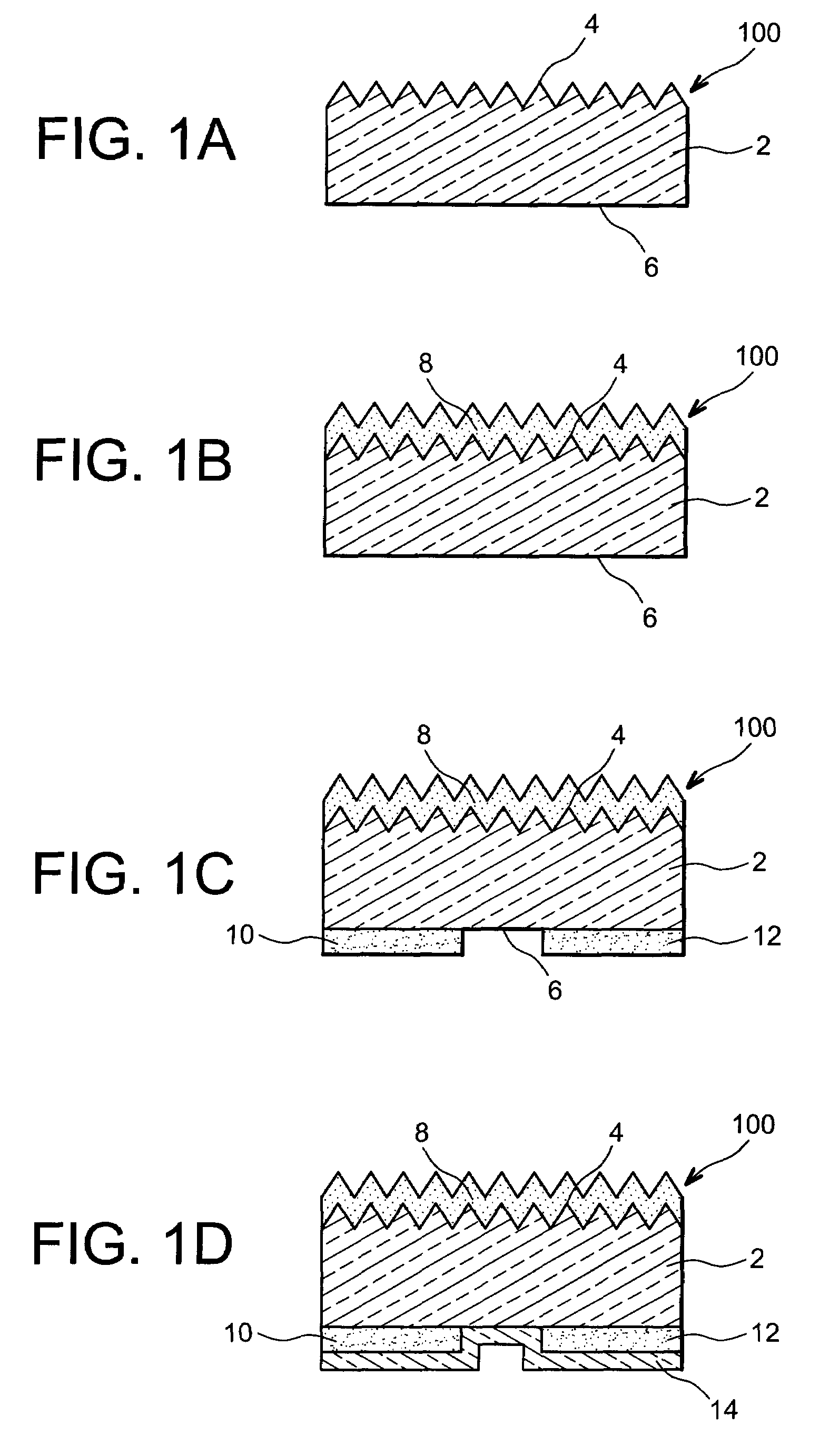Method for producing doped regions in a substrate, and photovoltaic cell
a substrate and doping technology, applied in the field of photovoltaic or solar cells, can solve the problems of difficult industrial implementation, cost and the number of steps needed to produce doping structures, and high cost and complexity
- Summary
- Abstract
- Description
- Claims
- Application Information
AI Technical Summary
Benefits of technology
Problems solved by technology
Method used
Image
Examples
Embodiment Construction
[0016]Thus there is a need for proposing a method for producing doped regions, or doping structures, in a substrate, that comprises fewer steps than the methods of the prior art, and that is economically beneficial for industrial implementation.
[0017]To do this, an embodiment proposes a method for producing doped regions on the rear face of a photovoltaic cell, including at least the steps of:
[0018]a) depositing a first doping paste comprising doping agents with a first type of conductivity on a face, called the rear face, of a semiconductor-based substrate according to a pattern consistent with the desired distribution of regions doped with the first type of conductivity in the substrate,
[0019]b) depositing an oxide layer at least on the portions of the rear face of the substrate not covered with the doping paste,
[0020]c) annealing the substrate at a temperature diffusing the doping agents in the substrate and forming doped regions, in the substrate, under the doping paste.
[0021]By...
PUM
 Login to View More
Login to View More Abstract
Description
Claims
Application Information
 Login to View More
Login to View More - R&D
- Intellectual Property
- Life Sciences
- Materials
- Tech Scout
- Unparalleled Data Quality
- Higher Quality Content
- 60% Fewer Hallucinations
Browse by: Latest US Patents, China's latest patents, Technical Efficacy Thesaurus, Application Domain, Technology Topic, Popular Technical Reports.
© 2025 PatSnap. All rights reserved.Legal|Privacy policy|Modern Slavery Act Transparency Statement|Sitemap|About US| Contact US: help@patsnap.com



